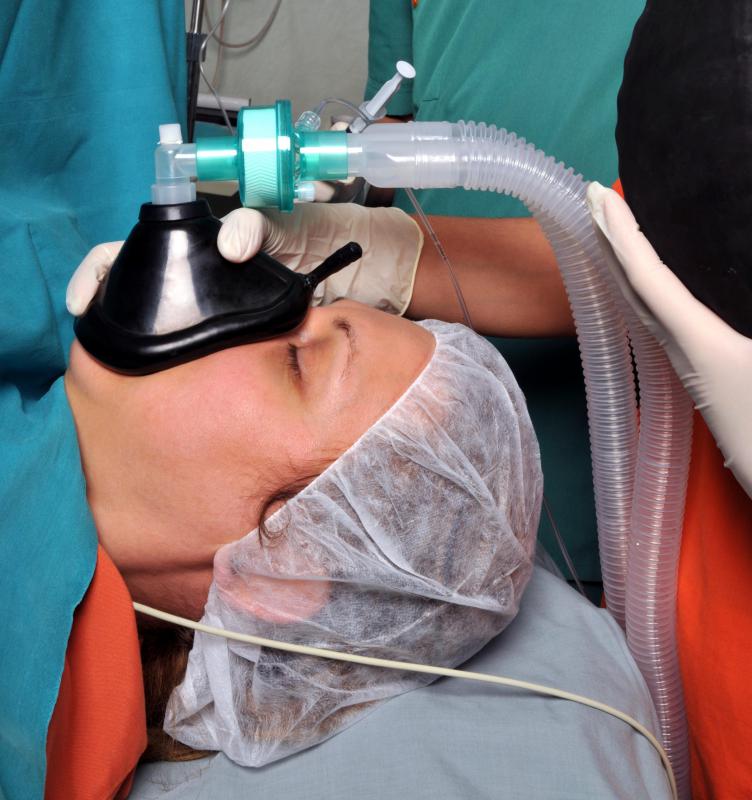At WiseGEEK, we're committed to delivering accurate, trustworthy information. Our expert-authored content is rigorously fact-checked and sourced from credible authorities. Discover how we uphold the highest standards in providing you with reliable knowledge.
What is Hydrothermal Ablation?
Hydrothermal ablation is a type of endometrial ablation, which destroys excess endometrial tissue in the uterus to reduce excessive bleeding. It involves flushing out the uterus with heated water to remove the uterus lining and/or fibroids or polyps, which are non-cancerous growths. It is generally a safe procedure and is effective at lightening or completely stopping menstruation in most women, although a minority of women will still require a hysterectomy to end excessive bleeding.
A doctor will first perform tests to determine the reason for excessive bleeding, ruling out cancers and hormone imbalances since hydrothermal ablation is not appropriate for these conditions. General anesthesia is usually used for the procedure, although some doctors may use local anesthesia and sedation. The cervix is dilated, and then a small tube is inserted through the vagina into the uterus. Fluid is pumped through the tube, then is heated and circulates inside the uterus for about ten minutes. Usually the patient can go home the same day, and will experience sloughing of the uterine lining, similar to a menstrual period, over a few days to a few weeks.

Usually, a hydrothermal ablation makes it impossible to have children in the future because the uterine lining will be too thin to support a fertilized egg. For this reason, the procedure is only performed if a woman is sure she does not want any, or more, children. The procedure is not a substitute for birth control and it is possible for pregnancy to occur in some women since the ovaries are unaffected and still produce viable eggs, although these pregnancies are more likely to end in miscarriage or be problematic. Hormonal, sterilization, or barrier methods of birth control are good options after hydrothermal ablation since endometrial ablation does not affect a woman's risk of sexually transmitted infections.

As with any medical procedure, hydrothermal ablation has some risks. Women may have adverse reactions to the anesthesia used, may bleed excessively during the procedure and require blood transfusions, or may develop an infection in the reproductive system after the procedure. It is rare but possible for the vagina, cervix, uterus, bladder, or other surrounding structures to be damaged to some degree during the procedure. Blood clots are another rare complication. The doctor performing the ablation can explain all of the potential risks and the signs of complications that patients should watch for, such as excessive bleeding or pain.

Hydrothermal ablation is not effective for all women, and some will still require a hysterectomy to completely end excessive uterine bleeding. It is possible for the endometrial tissue to regrow, necessitating a repeat procedure or the decision to perform a hysterectomy. Endometrial ablation is a good option to try before considering hysterectomy because it is much less invasive that hysterectomy, which is a major surgery that can require months of healing time.
AS FEATURED ON:
AS FEATURED ON:
















Discuss this Article
Post your comments